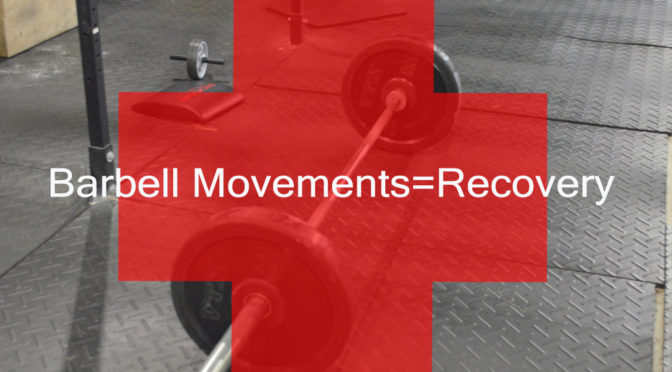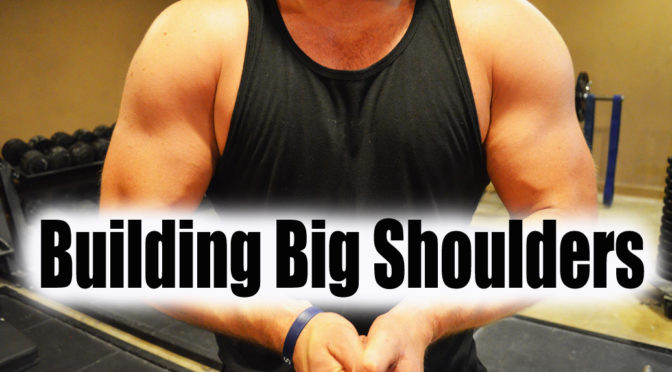Over the years as a bmx rider I have had my fair share of injuries. From shoulder injuries, to numerous lower back injuries to tendon tears, knee injuries and various bumps, bruises, knockouts and much more. My passion for weight training, muscularity and strength helped prevent many injuries but once I had an injury the secret to fixing it was mostly my determination to go to the gym.
A lot of people look down on people who are just determined to go the gym regardless of injury. They just don’t understand that Friday is arm day and injury or not, it’s still arm day so fuck it, lets go! On the face of it this may seem like a stupid, egotistical thing to do but in my personal experience this mindset has been the key to rehabbing my numerous injuries in a very short span of time.
Every time I had a shoulder injury I would still be determined to go to the gym on chest or shoulder day. Many times this meant using very light weights that I wouldn’t ordinarily use or doing certain exercises that I would never do otherwise. The point was to begin working my shoulder thru the greatest range of motion while under load that I could. Sometimes this meant bench pressing with just the bar, or having to only to side lateral raises with 10 pound dumbells. Each week I would try to work thru that range of motion with greater and greater weight. Sometimes this process took two weeks, sometimes it took 2 months, but every single time I would get back to my previous level of strength or surpass it and it would be without any lingering pain. Now I know this is anecdotal and not a controlled experiment but I’ve done it enough times that I firmly believe that weight training is one of the major keys to rehabbing and preventing injury.
Another example was an injury I received when I was 18 in which I crashed on a tailwhip and trapped my foot under the pedal and it got pulled into an extremely extended position and it pulled the tendon on the front of my ankle off of the bone and pulled a chunk of bone off of it. Within a minute it swelled up to the size of a tennis ball. Within a few days my whole lower leg was swelled up and crazy looking. The orthopedic surgeon told me that this could take up to a year to heal properly. I spent 2 weeks in a moon boot cast thing but I still went to work and moved around on it. As soon as the boot came off I was back in the gym. I didn’t have the range of motion to do a real squat so I would use the leg extension machine to get some use in my leg. then I would slowly progress to very light weight on the leg press machine, and slowly and slowly I worked back to doing squats and deadlifts. Within 8 weeks I was back to riding again and squatting again at about 90 percent of my previous strength and intensity. If I had listened to the orthopedic surgeon I would still have 10 more months left before it was healed. Oddly enough last year at the age of 30 I had the exact same thing happen and I was back to 100 percent in half of the time. The key was getting the inured area back into activity as soon as possible but without overdoing it and re injuring it.
I’ve had a similar problem with my back over the years. Numerous times I have injured my lower back while riding and the key to fixing it was pretty similar. Now the low back is a weird thing and sometimes certain exercises i did that did help me can actually aggravate it more, one of them being back extensions. I felt those helped me in my early injuries but many people have reported that they made their pain much worse. That is not a topic I am qualified enough to go into. What I can talk about though is that the more deadlifting I did and the stronger I got, the less I got injured and the quicker I was able to recover.
I basically used the deadlift and back extension to rehab my back injuries in the same way I rehabbed my shoulder and ankle, by gradually working the injured area thru a greater and greater range of motion with heavier and heavier weights. At one point in my life I had been neglecting deadlifts for a while, I was injury free but every time I would deadlift my back would feel extremely fatigued, and tired and sore and would stay sore for a few days. It was extremely uncomfortable, but not what I would call painful. At the time I decided to enter a push/pull powerlifting contest at my local gym. I had only 6 weeks to prepare and decided to try a radical experiment, I was going to deadlift and bench press every day or 5 days a week until contest time. The whole process is going to be part of another article but the strangest thing happened, my back pain went away. With each workout I got more and more comfortable. My warmup sets got more and more comfortable and it took less and less of them to get up to being comfortable at heavier weights. I became less sore after the workouts and over the 6 weeks I added 20 pounds to my deadlift. Basically getting stronger thru the range of motion is what contributed to the decrease in pain and discomfort. Strength was the key component in the reduction of my pain.
At the end of the day I feel like it isn’t the big lifts that create pain or discomfort and injuries, its not doing those exercises that contributes to pain and a greater risk of injury. So when you get hurt, get back to some kind of training as soon as possible. Start super light and just get some movement in and gradually increase from there. Leave your ego at home to avoid re injuring it but get back on it as soon as possible.


